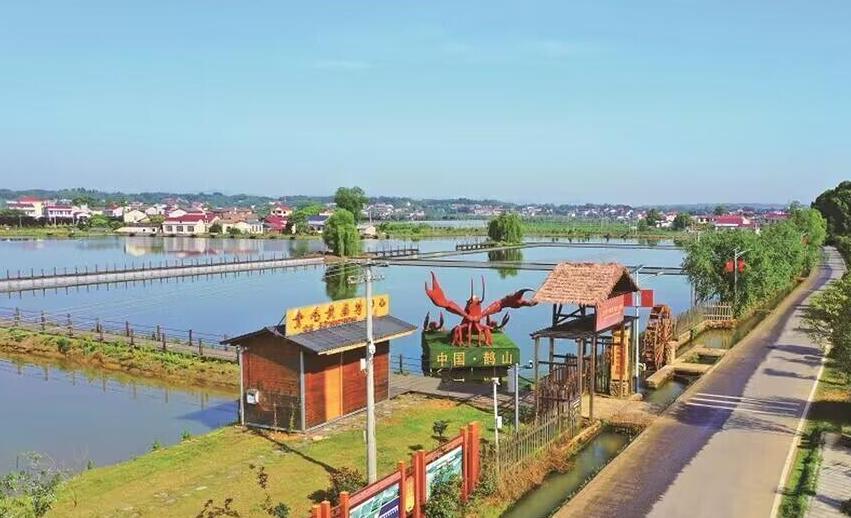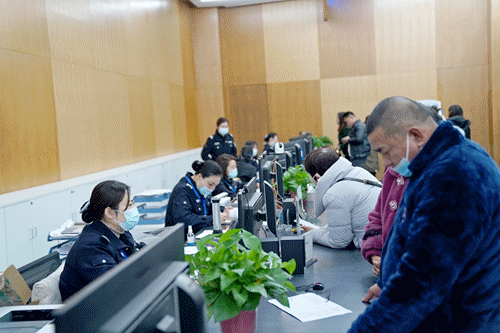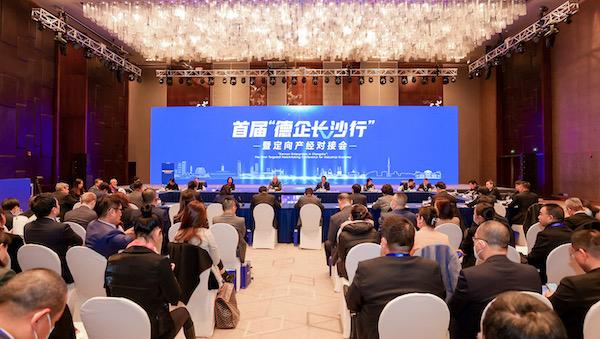Great changes have taken place in Ningxiang’s villages
In recent years, the characteristic industries such as pigs, tea, yellow peach and grape have flourished in Ningxiang City. It not only helps many farmers get rid of poverty, but becomes an important method for consolidating and expanding poverty alleviation achievements and promoting rural revitalization.
The city focused on five key tasks of toilet, garbage, wind, water and housing governance in rural areas, and 278 administrative villages with an area of 2,906 square kilometers have improved their appearances.
The cadres and masses in the city focused on innovation. Last year, the per capita disposable income of the city's rural residents was 31,568 yuan. The annual income of the village (community) collective economy in the city was more than 100,000 yuan, including 15 with more than 500,000 yuan.
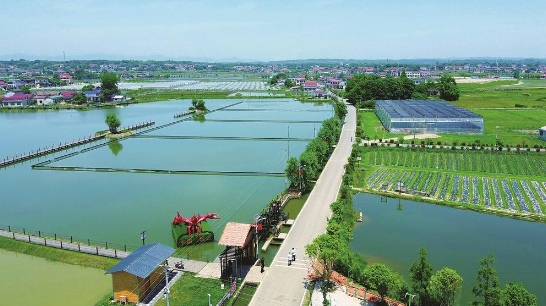
Today, from the new historical starting point, Ningxiang will continue to implement rural revitalization strategy, and do a good job in issues related to agriculture, rural areas and rural people, so as to build a beautiful and prosperous Ningxiang.
To consolidate poverty alleviation achievements and promote rural revitalization
“Our yellow peaches are on the market later than other places because of the temperature difference. We needn't worry about the sales of peaches.” Gao Xueguang, a registered poor household in Weishuiyuan Village, Weishan Township, was busy in his peach garden at the end of summer. It's the hottest time in Ningxiang, but the unique “Little Tibet” climate makes Weishuiyuan Village cool.
“With the assistance of the working team, I planted 10 mu (0.67 hectare) of yellow peaches. Last year, mu family's income increased by 20,000 yuan through the sales of yellow peaches. I believe that they can sell well this year.” Now, Gao Xueguang increased his income.
Today's Weishuiyuan Village has taken on a new look.
Under the support of targeted poverty alleviation policies, great changes have taken place in Weishuiyuan Village. It makes full use of its rich natural resources, good ecological environment and unique climate conditions to develop characteristic industries.
The village has developed 1,500 mu (100 hectares) of tea garden, 1,000 mu (66.67 hectares) of yellow peaches, 300 mu (20 hectares) of Chinese pears and 60 mu (4 hectares) of vegetables, and the income of the village collective economy reached 800,000 yuan in 2020.

With advantageous unique resources, Weishan Township is known as “Changsha's Little Tibet” and has been rated as “China (Hunan) Summer Resort”. The local government helped build Weishan Township Summer Association, which aims to develop summer economy and make full use of tourism resources.
Now, there are more than 200 summer agritainments in Weishan Scenic Area, with a total of more than 6,000 beds. Last year, it received over 400,000 tourists during the summer vacation, which generated an income of 40 million yuan, and the number of overnight guests reached 5,000 during the peak season. Today, more villagers got rid of poverty and became rich through developing summer economy.
Rural living environment governance makes villagers beautiful
A pleasant living environment is an important part of rural revitalization, and the countryside is the basis of farmers and their lives. Only by keeping the sustainable development of natural resources and building a beautiful home can farmers have senses of gain, happiness and security.
Since 2018, Ningxiang City has implemented rural living environment improvement in rural areas. This year, on the basis of being rated as a city with obvious improvement effect of rural living environment in China and a city with obvious improvement effect of living environment in Hunan province, it will build 230 beautiful villages, 9 provincial beautiful demonstration villages, 4 beautiful rural boutique villages, and 108 provincial rural revitalization villages.
This year, 4,280 households in the city have applied to improve their toilets, and 1,253 have been completed now. It's expected that the popularization rate of harmless toilets in the city will reach more than 99% by the end of this year.
Walking in Chenjiaqiao Village, Jinghuapu Township, you can see that the environment here is as clean as the urban areas. Classification garbage cans are set in front of each household. The rural public toilets integrated into the rural scenery have become a unique scene of the village.
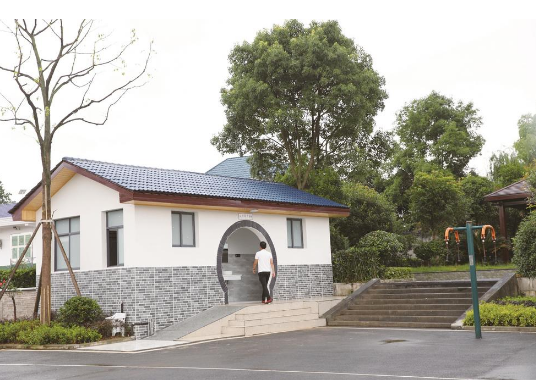
The changes in rural areas reflect the remarkable achievements of the improvement of the living environment in Ningxiang. In today's rural areas of Ningxiang, the cleanness, convenience and beautiful rural scenery make them more attractive. “The clean living environment makes our life more comfortable, which raises our spirit as well,” the villagers said.
To spare no efforts to implement rural revitalization strategy
“There are more than 10 workers with their annual income varying between 2,000 and 10,000 yuan.” Jiang Guolong, a registered poor household in Tongqing Village, Weishan Township, eliminated poverty and helped nearby villagers increase their income through “company plus base”. The women and old people living nearby usually do odd jobs in Jiang's fruit orchard.
Jiang said that there are thousands of reasons for poverty in real life. Only developing suitable industries can lead to income increase. “With the supports of the Party and government, my income is increasing and my life is getting better.”
“We have harvested all early season rice, and planted nearly 200 mu (13.33 hectares) of late rice. This year, there are nearly 70 mu (4.67 hectares) of paddy fields, with an output of 450 kg per mu, and 300 kg of conventional rice with a slightly lower output. Now, we have sold 45 tons of rice.” During the harvesting season, the good early rice harvest made Zhou Pingxiang and her husband in Zhutian Village, Huitang Town laugh happily.
Ningxiang is known as a land of milk and honey, a land of tea, and a land of pigs. It's an important national commodity grain base and a logistics base of daily food supplies for Changsha. Grain production has been advanced in China for seven consecutive years, and has become one of the three national high-yield demonstration project base counties for super hybrid rice. The output of tobacco leaves ranks second in the province, and the number of live pigs ranks first in the province.
During the 13th Five-year Plan (2016-2020), the city strengthened the dominant industries of modern agriculture, deepened rural reform, and promoted the integrated development of the primary, secondary, and tertiary industries. The city has made great progress in the high-quality development of agriculture and rural areas, which laid a solid foundation for the modernization of agriculture and rural areas during the 14th Five-year Plan (2021-2025).
The city focused on five key tasks of toilet, garbage, wind, water and housing governance in rural areas, and 278 administrative villages with an area of 2,906 square kilometers have improved their appearances.
The cadres and masses in the city focused on innovation. Last year, the per capita disposable income of the city's rural residents was 31,568 yuan. The annual income of the village (community) collective economy in the city was more than 100,000 yuan, including 15 with more than 500,000 yuan.

Today, from the new historical starting point, Ningxiang will continue to implement rural revitalization strategy, and do a good job in issues related to agriculture, rural areas and rural people, so as to build a beautiful and prosperous Ningxiang.
To consolidate poverty alleviation achievements and promote rural revitalization
“Our yellow peaches are on the market later than other places because of the temperature difference. We needn't worry about the sales of peaches.” Gao Xueguang, a registered poor household in Weishuiyuan Village, Weishan Township, was busy in his peach garden at the end of summer. It's the hottest time in Ningxiang, but the unique “Little Tibet” climate makes Weishuiyuan Village cool.
“With the assistance of the working team, I planted 10 mu (0.67 hectare) of yellow peaches. Last year, mu family's income increased by 20,000 yuan through the sales of yellow peaches. I believe that they can sell well this year.” Now, Gao Xueguang increased his income.
Today's Weishuiyuan Village has taken on a new look.
Under the support of targeted poverty alleviation policies, great changes have taken place in Weishuiyuan Village. It makes full use of its rich natural resources, good ecological environment and unique climate conditions to develop characteristic industries.
The village has developed 1,500 mu (100 hectares) of tea garden, 1,000 mu (66.67 hectares) of yellow peaches, 300 mu (20 hectares) of Chinese pears and 60 mu (4 hectares) of vegetables, and the income of the village collective economy reached 800,000 yuan in 2020.

With advantageous unique resources, Weishan Township is known as “Changsha's Little Tibet” and has been rated as “China (Hunan) Summer Resort”. The local government helped build Weishan Township Summer Association, which aims to develop summer economy and make full use of tourism resources.
Now, there are more than 200 summer agritainments in Weishan Scenic Area, with a total of more than 6,000 beds. Last year, it received over 400,000 tourists during the summer vacation, which generated an income of 40 million yuan, and the number of overnight guests reached 5,000 during the peak season. Today, more villagers got rid of poverty and became rich through developing summer economy.
Rural living environment governance makes villagers beautiful
A pleasant living environment is an important part of rural revitalization, and the countryside is the basis of farmers and their lives. Only by keeping the sustainable development of natural resources and building a beautiful home can farmers have senses of gain, happiness and security.
Since 2018, Ningxiang City has implemented rural living environment improvement in rural areas. This year, on the basis of being rated as a city with obvious improvement effect of rural living environment in China and a city with obvious improvement effect of living environment in Hunan province, it will build 230 beautiful villages, 9 provincial beautiful demonstration villages, 4 beautiful rural boutique villages, and 108 provincial rural revitalization villages.
This year, 4,280 households in the city have applied to improve their toilets, and 1,253 have been completed now. It's expected that the popularization rate of harmless toilets in the city will reach more than 99% by the end of this year.
Walking in Chenjiaqiao Village, Jinghuapu Township, you can see that the environment here is as clean as the urban areas. Classification garbage cans are set in front of each household. The rural public toilets integrated into the rural scenery have become a unique scene of the village.

The changes in rural areas reflect the remarkable achievements of the improvement of the living environment in Ningxiang. In today's rural areas of Ningxiang, the cleanness, convenience and beautiful rural scenery make them more attractive. “The clean living environment makes our life more comfortable, which raises our spirit as well,” the villagers said.
To spare no efforts to implement rural revitalization strategy
“There are more than 10 workers with their annual income varying between 2,000 and 10,000 yuan.” Jiang Guolong, a registered poor household in Tongqing Village, Weishan Township, eliminated poverty and helped nearby villagers increase their income through “company plus base”. The women and old people living nearby usually do odd jobs in Jiang's fruit orchard.
Jiang said that there are thousands of reasons for poverty in real life. Only developing suitable industries can lead to income increase. “With the supports of the Party and government, my income is increasing and my life is getting better.”
“We have harvested all early season rice, and planted nearly 200 mu (13.33 hectares) of late rice. This year, there are nearly 70 mu (4.67 hectares) of paddy fields, with an output of 450 kg per mu, and 300 kg of conventional rice with a slightly lower output. Now, we have sold 45 tons of rice.” During the harvesting season, the good early rice harvest made Zhou Pingxiang and her husband in Zhutian Village, Huitang Town laugh happily.
Ningxiang is known as a land of milk and honey, a land of tea, and a land of pigs. It's an important national commodity grain base and a logistics base of daily food supplies for Changsha. Grain production has been advanced in China for seven consecutive years, and has become one of the three national high-yield demonstration project base counties for super hybrid rice. The output of tobacco leaves ranks second in the province, and the number of live pigs ranks first in the province.
During the 13th Five-year Plan (2016-2020), the city strengthened the dominant industries of modern agriculture, deepened rural reform, and promoted the integrated development of the primary, secondary, and tertiary industries. The city has made great progress in the high-quality development of agriculture and rural areas, which laid a solid foundation for the modernization of agriculture and rural areas during the 14th Five-year Plan (2021-2025).

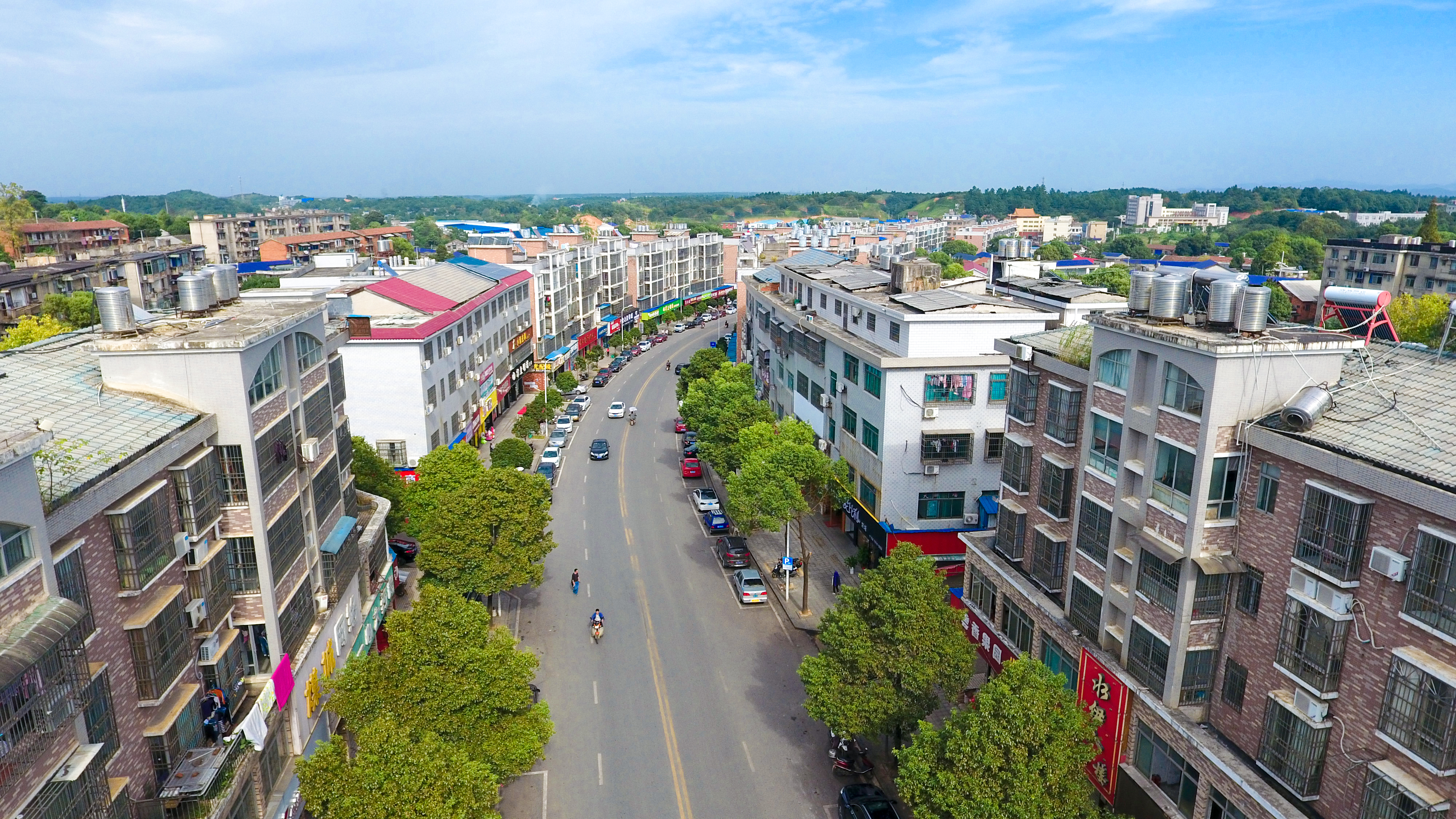 Ningxiang listed on China’s top 100 counties with comprehensive competitiveness
Ningxiang listed on China’s top 100 counties with comprehensive competitiveness  College welcomes a student of courage
College welcomes a student of courage 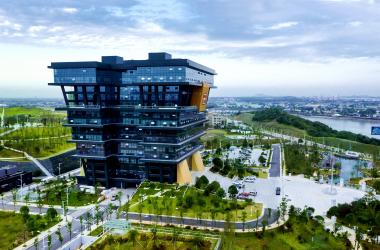 Changsha Blue Moon Valley Intelligent Home Appliances Industrial Town
Changsha Blue Moon Valley Intelligent Home Appliances Industrial Town 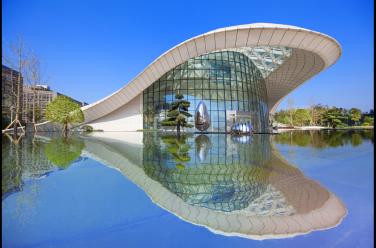 This is Ningxiang High-tech Zone
This is Ningxiang High-tech Zone 